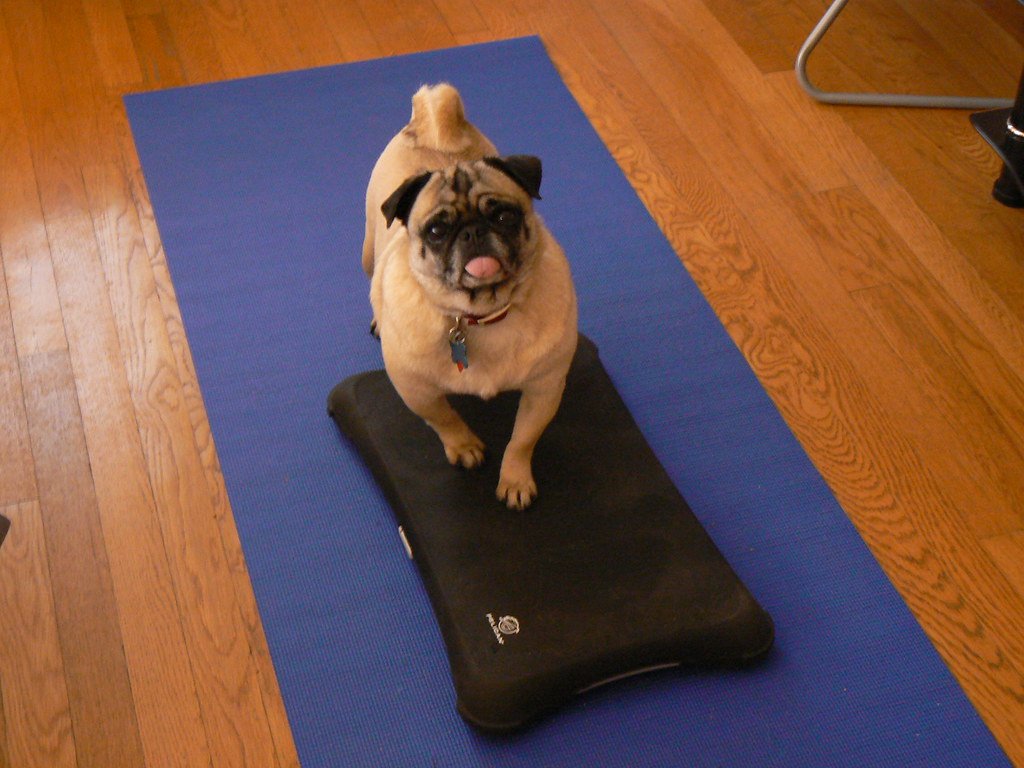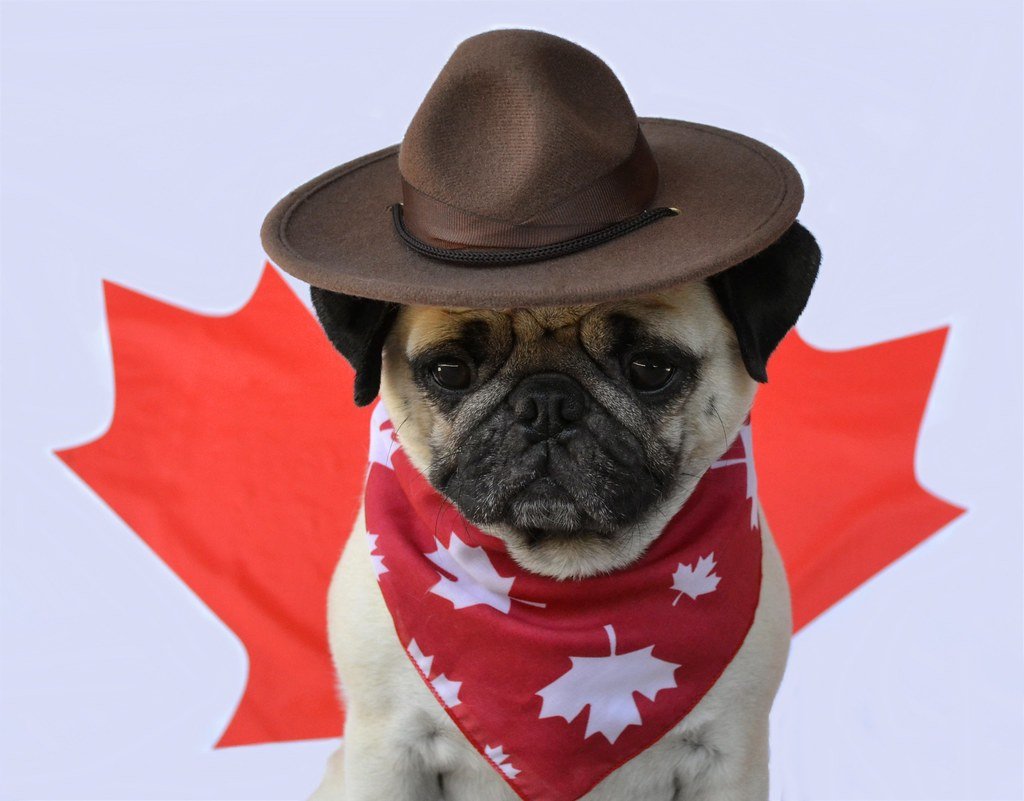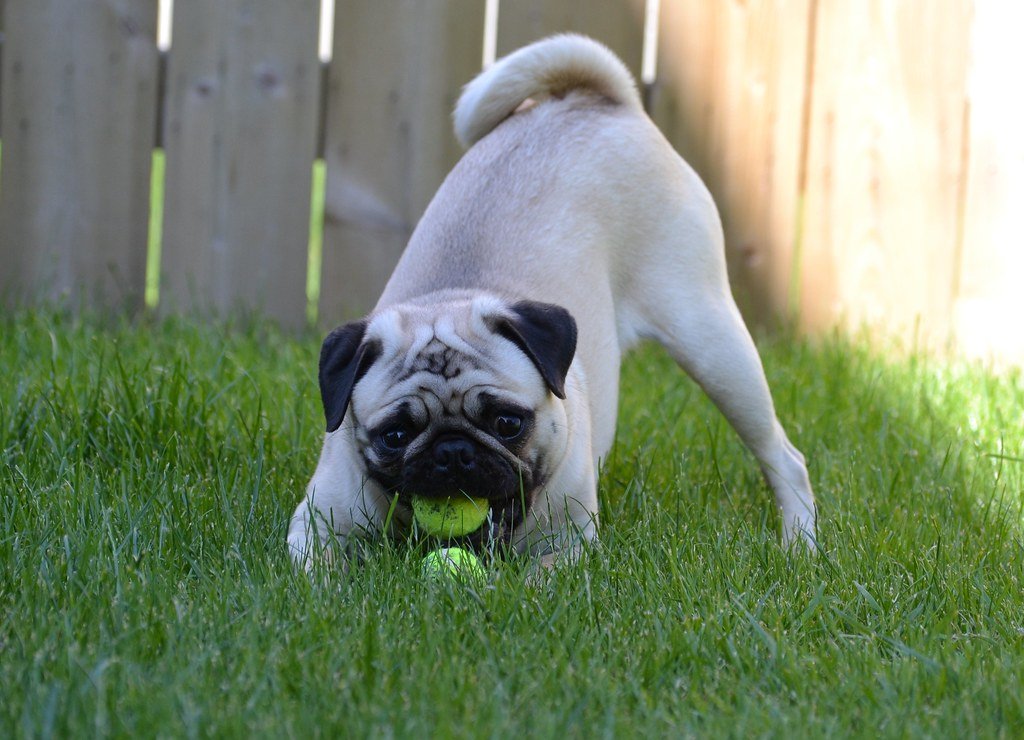Have you ever looked into a pug’s soulful eyes and wondered how such a little dog can bring so much joy—and sometimes so much worry? Pugs are quirky, loving, and downright hilarious companions, but their distinctive features can lead to some pretty unique health and lifestyle challenges. For every funny snort and adorable head tilt, there’s another side: keeping these lovable little dogs healthy and active isn’t always as simple as tossing them a ball. If you share your home with a pug, or you’re thinking about it, get ready for the real scoop on what it takes to keep that curly-tailed clown in tip-top shape.
The Pug’s Unique Body: Blessing and Challenge
A pug’s round body and flat face are what make them so endearing—but also what create extra hurdles for their health. With their short snouts, known as brachycephalic faces, pugs often have trouble breathing, especially in hot or humid weather. Their compact build can also lead to joint stresses and make them more prone to weight gain. When you see a pug waddling across the park, it’s not just cute—it’s a reminder that every step can be a little more work for them. Owners need to be extra vigilant about exercise and temperature control, always watching for signs of discomfort or overheating.
Battling the Bulge: Pugs and Weight Management
If you’ve ever seen a pug eyeing your snack, you know how food-obsessed these dogs can be. Pugs love to eat, and their pleading faces make it hard to say no. Unfortunately, this means they’re at high risk for obesity, which can worsen breathing issues, put stress on their joints, and even shorten their lives. The challenge isn’t just feeding them less—it’s about picking high-quality foods, sticking to strict meal times, and limiting treats. A helpful trick is to use part of their meal as training rewards instead of extra snacks. Keeping a pug slim is an act of love, even if they try to convince you otherwise with those big, mournful eyes.
Exercise: Finding the Sweet Spot

Pugs are playful, but not marathon runners. Too much activity, especially in the heat, is risky, but too little and they’ll pile on the pounds. The key is gentle, frequent exercise: short walks in cool weather, indoor play on hot days, and interactive toys that encourage movement without overexertion. Every pug is different, so watch for heavy panting or reluctance to continue, and never force them to exercise if they seem tired. Sometimes, a 10-minute stroll and a game of tug are all your pug needs to stay happy and healthy.
Beating the Heat: Keeping Pugs Cool

Heat is a big enemy for pugs. Their flat faces make it hard to pant efficiently, so overheating can happen fast—even indoors. Air conditioning, cool mats, and plenty of fresh water are must-haves during the summer. Avoid midday walks and always check the pavement with your hand; if it’s too hot for you, it’s too hot for their paws. Some owners even use cooling vests or damp towels for extra relief. If your pug starts panting heavily, drooling, or seems distressed, it’s time to cool down immediately.
The Importance of Regular Vet Visits
Routine checkups are non-negotiable for pugs. Because they’re prone to eye problems, skin infections, and breathing difficulties, regular vet visits catch issues early, before they become serious. Your vet can help monitor your pug’s weight, check those adorable wrinkles for infection, and assess heart and lung health. Vaccinations, dental care, and parasite prevention are just as important for pugs as for any other breed. Think of your vet as your pug’s health partner—someone who can spot trouble before it starts.
Wrinkle Care: More Than Just Cute
Those sweet, wrinkly faces are part of the pug’s charm, but they’re also a magnet for dirt and moisture. Skin folds can trap bacteria and yeast, leading to smelly, painful infections. Regular cleaning with a damp cloth or dog-friendly wipe is essential. Gently lift the folds, wipe away debris, and dry thoroughly. Some pugs need daily attention, while others may do fine with a few times a week. Make wrinkle cleaning a routine, and you’ll help your pug avoid discomfort and trips to the vet.
Eye Safety: Protecting Those Big, Beautiful Eyes
Pugs’ prominent eyes are like little headlights—adorable, but vulnerable. They’re at higher risk for scratches, ulcers, and dry eye because their eyes stick out more than other breeds. Watch for redness, squinting, or excessive tearing, and keep sharp objects and rough play away from their faces. Regular gentle cleaning with a soft, damp cloth helps prevent gunk buildup. If you ever notice your pug pawing at their eyes or acting strangely, a quick trip to the vet is best. Eye problems can escalate quickly, but caught early, they’re often easy to treat.
Dental Health: Tiny Mouth, Big Problems
Small mouths and crowded teeth mean pugs are no strangers to dental trouble. Without proper care, they can suffer from tartar buildup, gum disease, and tooth loss. Daily brushing with dog-safe toothpaste is the gold standard, but even a few times a week helps. Dental chews and toys can assist, but they’re no substitute for brushing. Regular dental checkups at the vet are key, and sometimes professional cleanings are needed. Good dental habits don’t just protect teeth—they also support heart and kidney health.
Socialization and Mental Stimulation

Pugs may be couch potatoes at heart, but they’re also incredibly social and clever. Without enough stimulation, they can become bored or anxious, leading to destructive behaviors. Playdates with other gentle dogs, puzzle toys, and simple training sessions help keep their minds sharp. Even a game of hide-and-seek with treats can brighten their day. Socialization isn’t just about fun; it helps prevent fearfulness and builds confidence. A happy pug is one who feels included and mentally challenged.
Balancing Love and Limits
Pugs will happily snuggle on your lap all day if you let them, but part of loving a pug means setting healthy boundaries. Too many treats, too much couch time, or ignoring minor health issues can stack up over time. It’s a balancing act—giving affection, but also encouraging activity, healthy eating, and regular care. Sometimes this means tough love, like ignoring those sad puppy eyes when you skip the extra treat. Every little act of care adds up, helping your pug live a longer, more joyful life.
The journey with a pug is full of laughter, snorts, and occasional worries, but the rewards are endless. These charming little dogs may require a bit more work to keep healthy and active, but their affection and antics more than make up for it. Isn’t that what makes sharing life with a pug so special?





